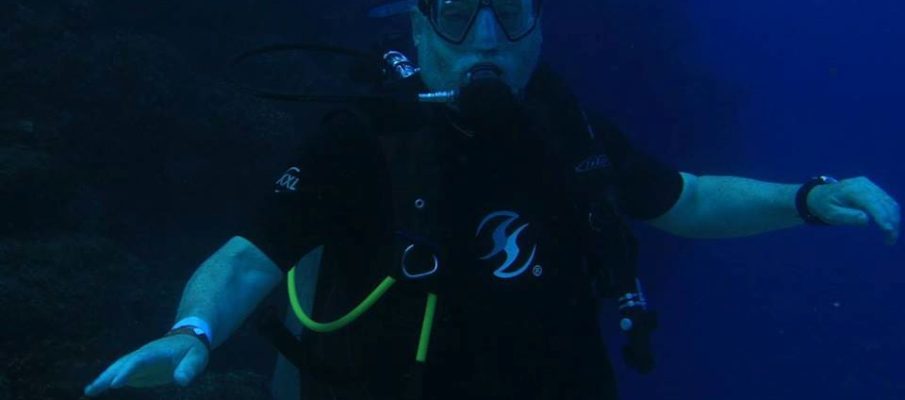During my summer vacation, I decided to become certified as a scuba diver. I’ve always wanted to dive, and our trip to Cabo San Lucas seemed like the perfect opportunity. The water is warm, the fish are beautiful, and it’s relatively inexpensive.
When I took the training, one thing really caught my attention. The Professional Association of Diving Instructors (PADI) takes training seriously, and their approach is exemplary. Before you dive at all, you have to acquire the knowledge you need to become a diver. This is to make sure you understand your equipment, you know the physiological effects of being under water, and you know what to do in an emergency. Next, you practice your new skills in a pool, where the experience is realistic but you aren’t facing any serious danger. Finally, you dive in open water under the supervision of your instructor.
This model for learning is often used when we think about matters of life and death. The same principles apply to pilots when they learn to fly. First, they learn the principles of flight and navigation; then they fly a simulator; and finally, they fly a real plane with an experienced pilot by their side.
For anyone in the business of learning, these principles can often serve as a foundation for good instructional design. To summarize, when we learn a new skill or activity, there are three essential steps:
- Knowledge Acquisition — learning the principles of the new activity and understanding the necessary steps and the correct sequence
- Practice — practicing skills in an environment where you can’t harm yourself or anyone else
- Mastery — applying the skill with the guidance of an expert
Johns Hopkins revolutionized the way medicine is taught by applying the principle of integrating training with practice. When Sir William Osler was the first physician-in-chief at the Johns Hopkins Hospital (1889 – 1905), he realized that doctors needed to interact with patients to achieve competency. This thinking led to the establishment of medical residency, the standard practice for physician training across the world. As Osler put it, “He who studies medicine without books sails an uncharted sea, but he who studies medicine without patients does not go to sea at all.”







